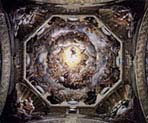Antonio da Correggio
c. 1490/94-1534 Ital/-High Renaissance
Click an Image to Enlarge
Christ

David

Four Saints

Holy Night

A Gentlewoman

Adoration of Maji

Madonna

Jesus and Mary

Allegory of Vices

Allegory of Virtues

Maria Maddalena

Deposition
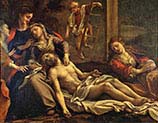
Jupitor and Lo

Madonna with John

Portrait of a Man

Martyrdom

Nativity

Ganymede

Prayer

Mercy

Ecce Homo

Mystical Marriage

A Scholar

Young Woman

Leda and the Swan
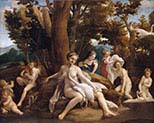
Man who Escapes

Rest on Flight

Saint Catherine
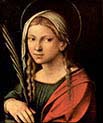
San Girolamo

The Adoration

Mystic Marriage
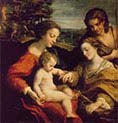
Venus and Cupid

Frescoe in Parma

Frescoe in Parma
